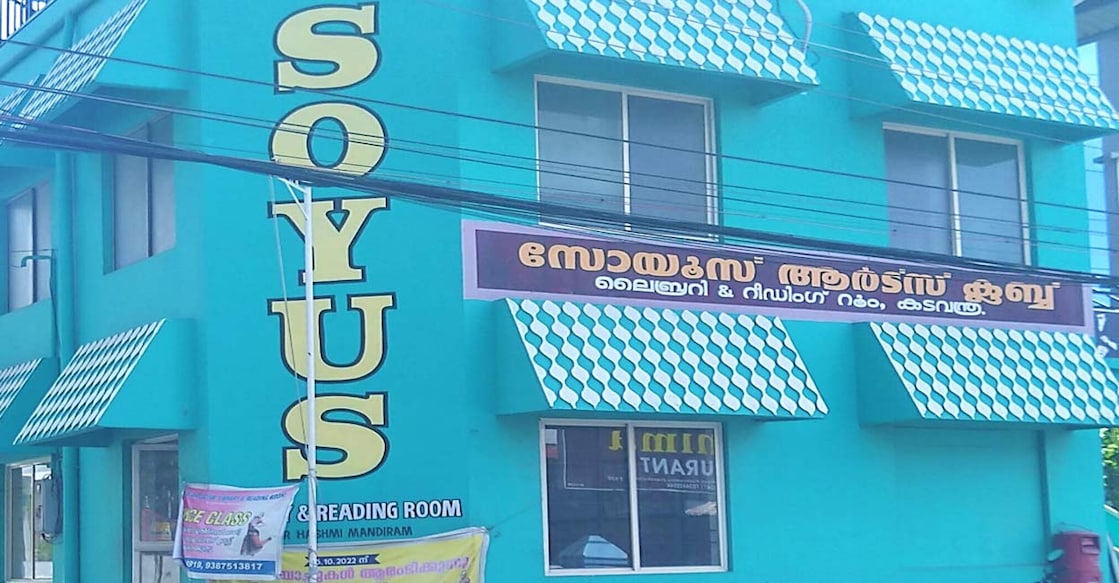Column | Creativity-centred Placemaking for the Triple Bottom Line

Mail This Article
In our pursuit of functionality and efficiency in urban design, we have created uninspiring urban environments. Poorly designed public spaces, as well as a lack of architectural diversity, have stifled social interaction and creative expression. Segregation has restricted the exchange of ideas and access to green spaces.
To be creative, a community's architectural landscape must be diverse, and public spaces must be both aesthetic and engaging. Only by encouraging mixed-use neighbourhoods, ensuring equitable access to creative resources, and incorporating green spaces that invigorate our senses and inspire our collective imagination can we cultivate urban environments conducive to creativity.
Unearthing wisdom
The wisdom of ancient civilizations, such as those of the Indus Valley and ancient Rome, unveils a rich and complex urban tapestry that harnesses the power of social interaction and creative spaces. Meticulously designed zones optimised movement, fostered connections, and stimulated unhindered creative expression. These thriving ancient towns served as vibrant centres of artistic production, strategically positioning workshops and markets to allow artisans to exchange skills and ideas.
Ancient cities recognised the transforming potential of nature, effortlessly blending captivating gardens and tranquil water features into their urban fabric. These elements had created an invigorating environment for innovative thinking and creativity. The influence of urban architecture on creativity varied and was intricately woven with societal norms, political systems, and economic realities. The treasures of ancient wisdom can teach us how to create environments that encourage people to go on deeper creative explorations.
Creativity: The Key to Solving Global Challenges
Creativity has long been recognised as a valuable asset that drives economic prosperity, cultural progress, and personal fulfilment. Its origin can be traced to a complex interplay of cognitive capacity, social interactions, cultural influences, the quality of education, and technological progress.
Cities need to prioritise the development of communal gathering spaces, serene green areas, collaborative work environments, and dedicated venues for artistic expression. They can realise their full potential for innovation and cultural expression only by incorporating creativity into urban design.
Design for Creativity: The Power of Inspiration, Imagination, and Social Cohesion
Contemporary urban design practices stifle inspiration and inhibit the cross-pollination of ideas. This erodes the diversity that fuels individual creative thought.
To address this challenge, it is vital to design spaces that can be transformed to meet the needs and aspirations of the community. Revitalising public spaces and encouraging interdisciplinary interactions are critical to creating a vibrant and innovative environment.
Kinetic sculptures, interactive installations, including street art and puzzles, all help to increase cognitive engagement. Interactive installations can also act as catalysts for conversations and the exchange of ideas. Nature trails can engage residents and stimulate their cognitive abilities, and sensory gardens can offer multisensory experiences that engage sight, sound, smell, and touch.
Creating urban environments that encourage collaborative learning is also important for enhancing creative thinking. Co-working spaces, community centres, and mini-libraries can be established as part of placemaking initiatives to promote knowledge exchange and interactive learning, thereby encouraging intellectual engagement. Prioritising social interaction and collaboration allows for the free flow of ideas and the collective development of creative solutions.
Including historical markers, interpretive signage, storytelling displays, and oral history transcripts as urban design elements can all bring the city's past to life. They can serve as effective catalysts for generating curiosity and stimulating imagination, inspiring people to delve into historical narratives and characters. The various accounts presented in these mediums have the potential to encourage the adoption of multidimensional perspectives that challenge the dominant negative regional and global narratives surrounding historical events that can have far-reaching local consequences in the future. A community in conflict is unlikely to be creative or achieve any kind of progress.
A place that boosts creativity can lead to the generation of a vibrant and forward-thinking community by encouraging imaginative thinking, deepening connections with heritage, broadening perspectives, and fostering collaboration and innovation.
However, enhancing the creativity of residents through design faces various challenges, including space constraints, financial viability, gentrification, a lack of resources, an undervalued perception, and barriers to community engagement. Strategic planning, the adoption of supporting policies, cultural sensitivity, active community participation, and teamwork are essential to overcome these challenges.
Measuring impact: Quantifying the community’s creative pulse
The impact of contemporary urban design on creativity varies. The research in this area is currently limited, underscoring the importance of large-scale investigations to demonstrate causal linkages.
Throughout history, creativity has thrived in a variety of urban situations, implying that the impact of modern urban architecture on creativity should be addressed alongside broader societal variables. Understanding the impact of placemaking on creativity necessitates the use of a variety of study approaches. Careful planning and data collection are required to assess the impact of placemaking on resident creativity. People's perceptions can be captured using surveys and interviews, along with case studies and comparative analysis. However, attributing improvements purely to interventions is difficult, highlighting the necessity for a comprehensive study that takes into account all known factors.
Creativity-centred Placemaking for People, Planet, and Profit
Creative-centred placemaking brings major financial benefits to municipal corporations by attracting businesses and investors, stimulating economic growth, raising property values, and generating tax revenue. Developing biophilic spaces offers environmental advantages, and contributes to a more liveable urban environment. Investing in creativity also has far-reaching consequences for public health by encouraging physical activity and improving mental health. For a sustainable future, our governments need to invest in places that boost individual creativity, inspire innovation, and develop a strong sense of belonging to simultaneously stand out and blend into our colourful social fabric.
(Ann Rochyne Thomas is a bio-climatic spatial planner and founder of the Centre for Climate Resilience - a sustainability and climate change advisory.)


